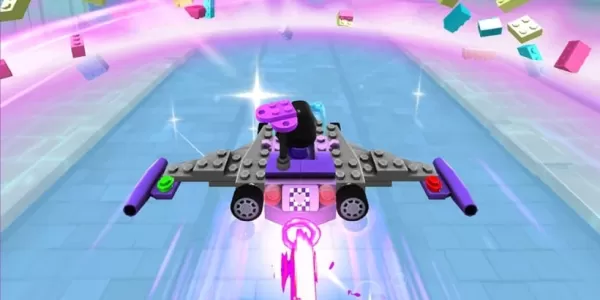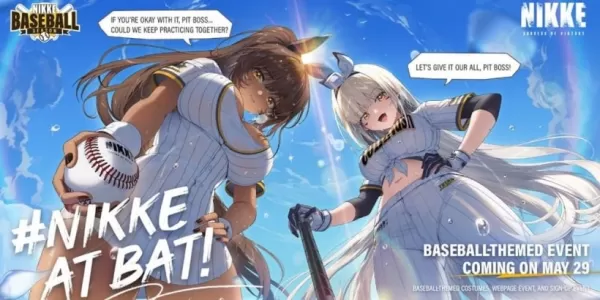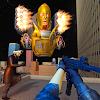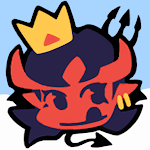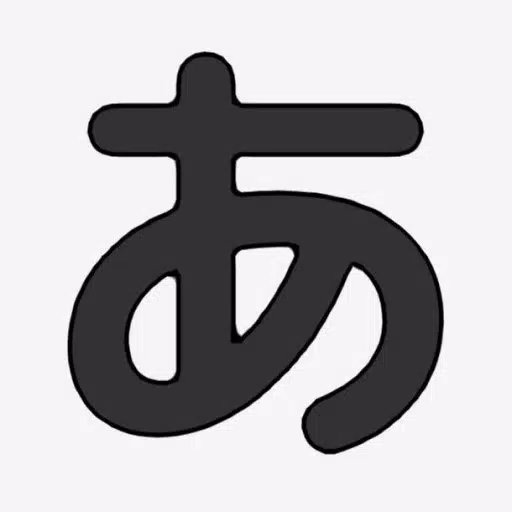From dry deserts and bustling forests to blazing volcanoes and frozen tundra, the Monster Hunter series showcases a variety of environments, each with its own unique ecosystem shaped by a diverse array of monsters. The thrill of exploring uncharted territories and traversing their landscapes while on the hunt remains one of the most captivating elements of the series. This sense of adventure is vividly present in Monster Hunter Wilds, the latest installment in the franchise. Following the Windward Plains and Scarlet Forest, players will venture into the harsh terrain of the Oilwell Basin, a region engulfed in flames and covered with oilsilt. Despite its seemingly barren nature, the area teems with life, as small creatures can be seen navigating the mire. Scattered throughout are remnants of what appears to be an ancient civilization.
Yuya Tokuda, the director of both Monster Hunter: World and Monster Hunter Wilds, provides insight into the Oilwell Basin.
"During the Fallow, the Oilwell Basin is characterized by mud and oil. When the Inclemency, known as the Firespring, arrives, it burns away the oilsilt. During the Plenty, the burned oil and soot dissipate, unveiling the hidden minerals, microorganisms, and the original hues of manmade artifacts beneath," he explains.
Down in the Muck
When asked about the concept behind the Oilwell Basin, Kaname Fujioka, director of the first Monster Hunter and executive and art director for Wilds, shared his thoughts."We designed the Oilwell Basin to be vertically connected, in contrast to the horizontally broad locales of the Windward Plains and Scarlet Forest," he says. "The environment changes as you move between the top, middle, and bottom strata. Sunlight reaches the top, where oil gathers like mud, and as you descend, the heat increases, with lava and other substances becoming prevalent."
Tokuda elaborates: "In the middle to bottom strata, you'll encounter creatures reminiscent of aquatic life, evoking images of deep seas or underwater volcanoes. In Monster Hunter: World, we envisioned the Coral Highlands with surface-dwelling aquatic creatures, and we applied that knowledge to craft the Oilwell Basin's unique ecosystem and fauna.
The Oilwell Basin transforms from a blazing wasteland to a vibrant region during the Plenty. Fujioka emphasizes the importance of this contrast."During the Fallow and Inclemency, smoke emanates from the Oilwell Basin, resembling a volcano or hot spring," he notes. "But during the Plenty, it adopts a clear, marine-like ambiance. A closer look at the environmental biology reveals a habitat teeming with creatures typical of the ocean floor."
The Oilwell Basin's ecosystem is distinct, driven by geothermal energy rather than sunlight and vegetation. Beneath the oilsilt, shellfish like shrimp and crabs thrive, alongside small monsters that provide raw meat. These small monsters consume microorganisms from the oilsilt, while large monsters prey on them, creating a unique food chain.
The large monsters inhabiting the Oilwell Basin are unique as well. One such creature is Rompopolo, a globular, noxious beast with a needle-like mouth. Fujioka explains the inspiration behind Rompopolo's design.
"We envisioned Rompopolo as a tricky monster that thrives in swamps and disrupts players with its toxic gas," he says. "The concept of a mad scientist influenced its depiction, leading to its chemical purple hue and glowing red eyes. Interestingly, the equipment crafted from Rompopolo has a surprisingly cute aesthetic, extending to its Palico gear as well."Tokuda describes the Rompopolo Palico equipment as "amusing," a sentiment I confirmed firsthand. I encourage players to craft this gear and experience it themselves.
Flames of Ajarakan
Another new monster in the Oilwell Basin is Ajarakan, a gorilla-like creature enveloped in flames but with a slimmer silhouette than the Scarlet Forest's Congalala.
Videos show Rompopolo and Ajarakan vying for territory, with Ajarakan using its arms to bear-hug Rompopolo. Its martial arts-inspired movements, primarily using its fists, set it apart from other fanged beasts."Typically, fanged beasts have low hips, positioning their heads at eye level with the hunter, which can obscure their threat," Tokuda explains. "We designed Ajarakan with a top-heavy, towering silhouette to enhance its menacing presence. We integrated flame elements suitable for the Oilwell Basin, along with wrestler-like grabbing attacks to showcase its physical prowess. Ajarakan combines strength, physical attacks, and flames, such as melting objects and hurling them at the player."
Fujioka further elaborates on Ajarakan's design: "With each unique monster we introduce, we wanted to include one whose strengths are immediately clear. That's how Ajarakan came to be. Its straightforward attacks, like punching or slamming the ground to create flames, make it a formidable adversary."
Ajarakan holds a high position in the Oilwell Basin's ecosystem. Its flashy appearance, accompanied by flames and magma with each attack, underscores its dominance compared to the cunning Rompopolo."Initially, Ajarakan was just a physically powerful monster," Fujioka says. "We worked with our artists and designers to imbue it with more personality, leveraging its fiery environment. Rather than simply breathing fire, we designed Ajarakan to wear flames on its back, reminiscent of the Buddhist deity Acala. This concept allowed us to depict Ajarakan's rising internal temperature, enabling it to melt anything in its path, adding depth to its character. We wanted players to dread being hugged by such a hot creature. By making Ajarakan so hot that it melts everything around it, we aimed to enhance its intimidating aura."
While Rompopolo's design is tricky, Ajarakan's focuses on raw power. To avoid monotony, Fujioka mentions that the team continually added more dynamic and engaging moves as development progressed.
"We kept introducing new and exciting techniques, such as jumping into the air, curling up, and crashing down," he says.A Monster Generations in the Making
Ruling the Oilwell Basin as its apex predator is Nu Udra, an octopus-like creature with tentacles coated in flammable oil. Just as Rey Dau controls lightning in the Windward Plains and Uth Duna envelops itself in water in the Scarlet Forest, Nu Udra cloaks itself in flames. The developers emphasize that Wilds' apex predators are designed with their region's element in mind. Despite its unusual habitat, the inspiration for Nu Udra was indeed the octopus.
"Yes, it was octopuses," Fujioka confirms. "We wanted its silhouette to be striking when it rises, incorporating what look like demonic horns. We also designed it so that its face is not easily discernible."
Tokuda notes that even the music for Nu Udra's battles draws from demonic themes."We incorporated musical phrases and instruments reminiscent of black magic," he says. "It resulted in a unique and compelling soundtrack."
Nu Udra's tentacle movements follow the legacy of monsters like Lagiacrus from Monster Hunter Tri. Both Tokuda and Fujioka have long desired to bring such a concept to life.
"One of Tri's concepts was underwater combat, so I proposed an octopus-shaped monster, focusing on its distinctive movements," Tokuda recalls. "I had fun brainstorming ideas like severing its many legs. Technical challenges prevented us from realizing it then, but I held onto that proposal all these years."
When asked if they considered past tentacled monsters like Yama Tsukami and Nakarkos, Fujioka responds:"We're always interested in showcasing monsters with unique movements at key moments, as they leave a strong impression. Including too many unique monsters can tire players, but introducing one at the right time can be impactful. Yama Tsukami's appearance in Monster Hunter 2 (Dos) over the mountains in a deep forest is a perfect example. That unexpected sight evokes a sense of adventure, similar to encountering cryptids."
Tokuda adds nostalgically, "I'm the one who placed Yama Tsukami there." Though limited by technology at the time, they aimed to create a memorable impression.
The development team's dedication to creating monsters is evident throughout the process. Even if current technology can't support every idea, they keep a stockpile of concepts to draw upon for future titles. The realization of Nu Udra, a monster fully utilizing its tentacles, represents a significant achievement for both Tokuda and Fujioka."While Yama Tsukami and Nakarkos were stationary tentacled monsters, Nu Udra uses its cephalopod traits to move freely," Fujioka says. "This introduces new gameplay elements we're trying for the first time."
He continues: "Monsters with tentacles present technical challenges, especially regarding terrain and targeting. When we began developing Wilds, the technical department's tests were successful, allowing us to bring this vision to life."
"The tests were so impactful that we decided to make Nu Udra the apex predator of the Oilwell Basin," Tokuda adds. "It feels like I'm finally getting to attempt one of those long-rejected proposals."Even outside of combat, Nu Udra's animations showcase meticulous attention to detail. When sufficiently damaged, it wraps around ancient pipes, wriggling through small holes in the terrain. These movements posed a challenge for Fujioka's art team.
"We worked extensively on depicting flexible bodies with Nu Udra," he says. "At the start of development, we propose ambitious ideas, even if we're unsure of achieving them. It's a challenge for our artists, but the final product is remarkable when we succeed."The team leverages new technologies to realize their accumulated visions as the series evolves. They persist with ideas even if initial success is uncertain. Listening to Tokuda and Fujioka, one can sense the passion on the Monster Hunter development floor.
"When we first implemented the movement of it entering a hole, an animator asked me to wait and see," Tokuda recalls. "They wanted me to witness Nu Udra going into its hole, and I exclaimed, 'Oh, that really is amazing!' The animator's satisfaction was palpable."
"It might be hard to catch, but the way it squirms around a pipe is beautifully crafted," Fujioka adds. "I hope players check it out. Only games can depict such real-time, dynamic scenes. It's a testament to our team's hard work."Fujioka's pride in the level of detail in Wilds' monsters and the team's efforts is palpable.
When facing Nu Udra, finding an opening on its flexible body is challenging. Its head launches powerful counterattacks if you get too close. After managing to break a tentacle, its severed tip thrashes on the ground. Can all its legs be destroyed?
"You can sever many tentacles," Tokuda explains. "All leg-like parts that touch the ground can be cut off. While they move after being severed, they eventually rot. Carving rotten, immobile parts yields poor materials, similar to other monsters' breakable parts like tails.""Nu Udra uses its tentacles for relentless attacks, with a unique tempo combining focused and area-of-effect strikes using its head and flames. We wanted it to seem like a barrage of attacks from a massive monster. However, its numerous tentacles can make targeting ambiguous in multiplayer. That's why we added sensory organs at the tentacle tips that emit light to indicate its attack targets."
At times, Nu Udra raises its tentacles and slams them down. As Tokuda notes, the light-emitting section at the tip of its tentacles is its sensory organ, unaffected by Flash Bombs since it doesn't rely on vision.
When asked about strategies for defeating Nu Udra, Tokuda suggests:"Its body is soft with many breakable parts. Hunters should strategize where to attack. Severing a tentacle shortens its area-of-effect attacks, making movement easier. It's also designed for multiplayer, where its targets are split. Using SOS flares and Support Hunters can enhance the experience."
Fujioka adds, "This monster encourages an action-game approach, where destroying parts brings you closer to victory. Like Gravios, where breaking its armor reveals a strategy, observing Nu Udra's movements carefully fits Monster Hunter's core philosophy."
A Welcome Reunion
Fujioka mentions Gravios, a monster returning to the series since Monster Hunter Generations Ultimate. Its rocky carapace and hot gas emissions make it a fitting inhabitant of the Oilwell Basin.
Tokuda explains the decision to bring back Gravios."When considering monsters that fit the Oilwell Basin's environment and enhance the game's progression without overlapping with other monsters, we chose Gravios to offer a fresh challenge."
The reintroduced Gravios is even harder than remembered, with its massive presence overshadowing other Oilwell Basin monsters. Attacking its rocky carapace allows for red wounds and Focus Strikes.
"When porting Gravios to this game, we prioritized maintaining its signature hardness," Tokuda says. "From a design perspective, we wanted it to appear after players had experienced much of the game, making it a puzzle to solve through the wound system and part breaking."
All Monsters in Monster Hunter Wilds
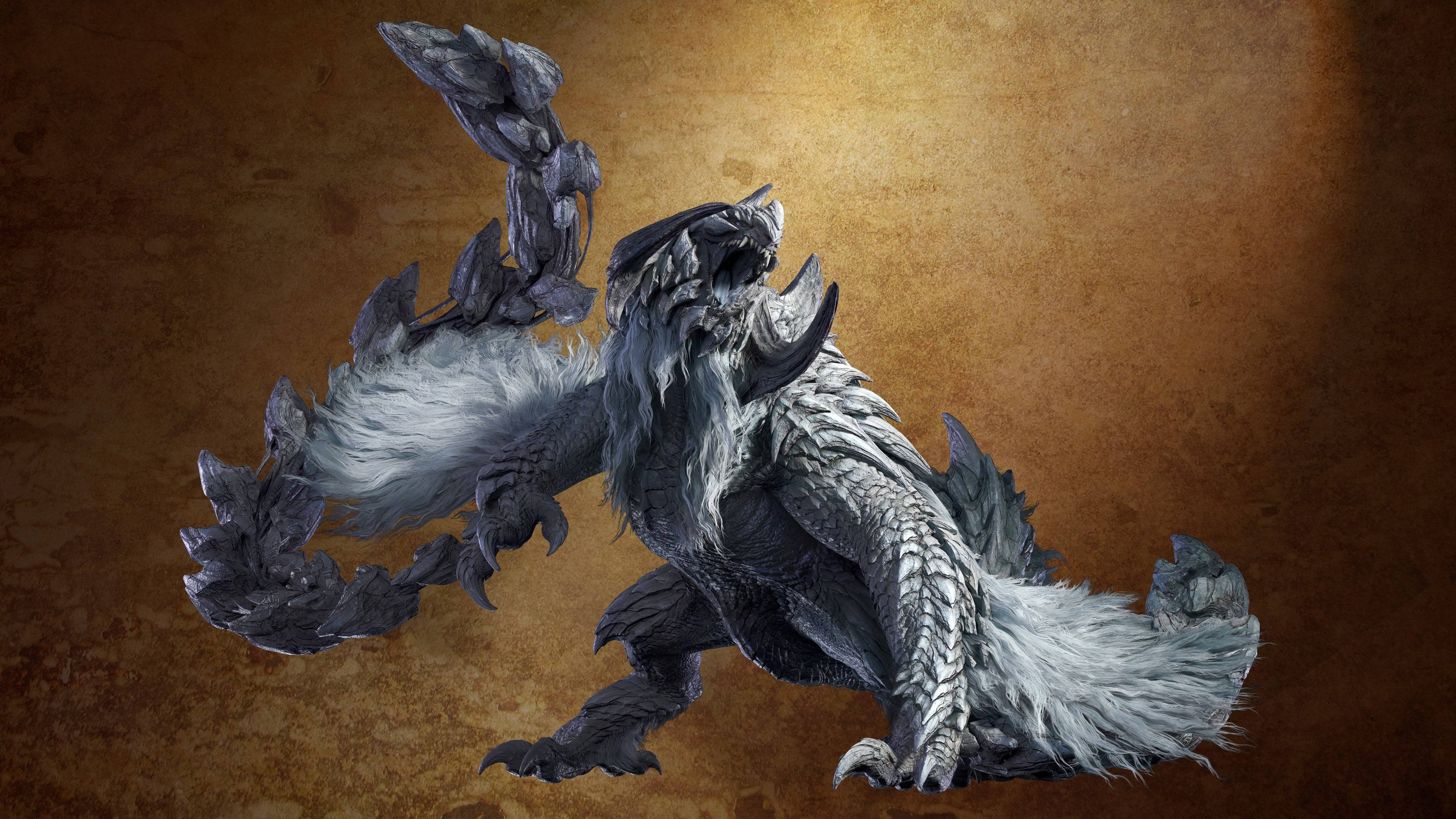
 17 Images
17 Images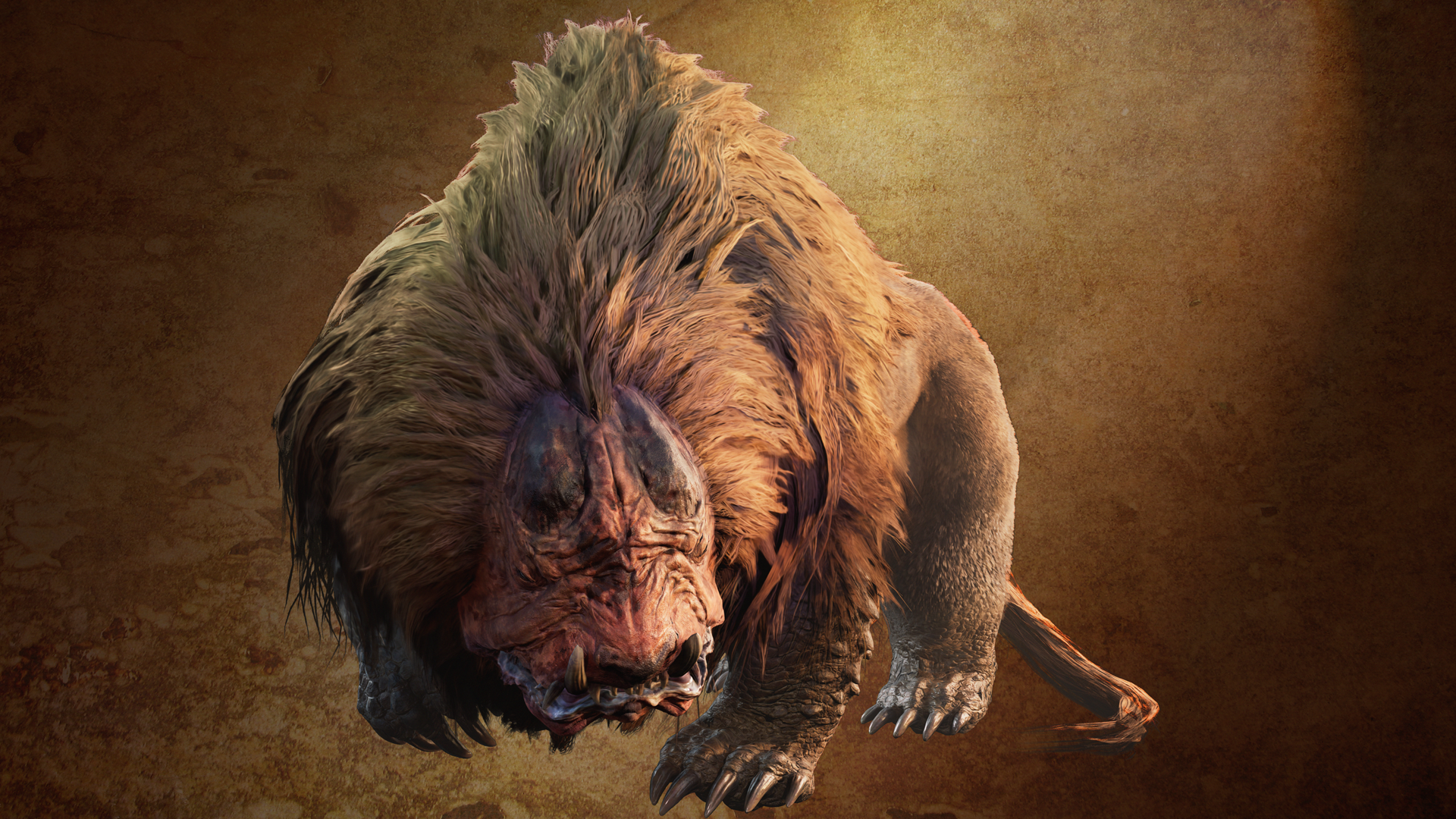
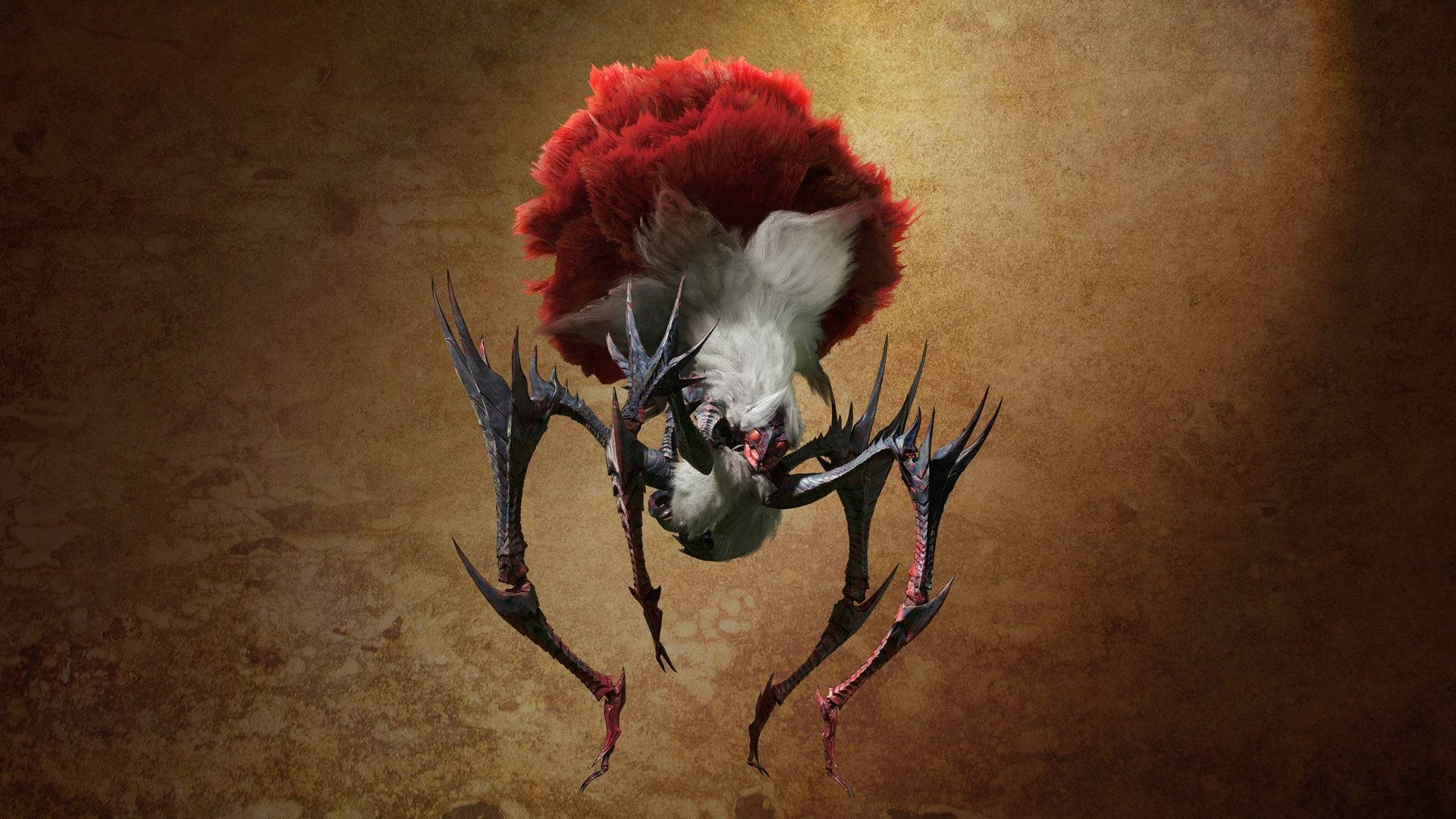
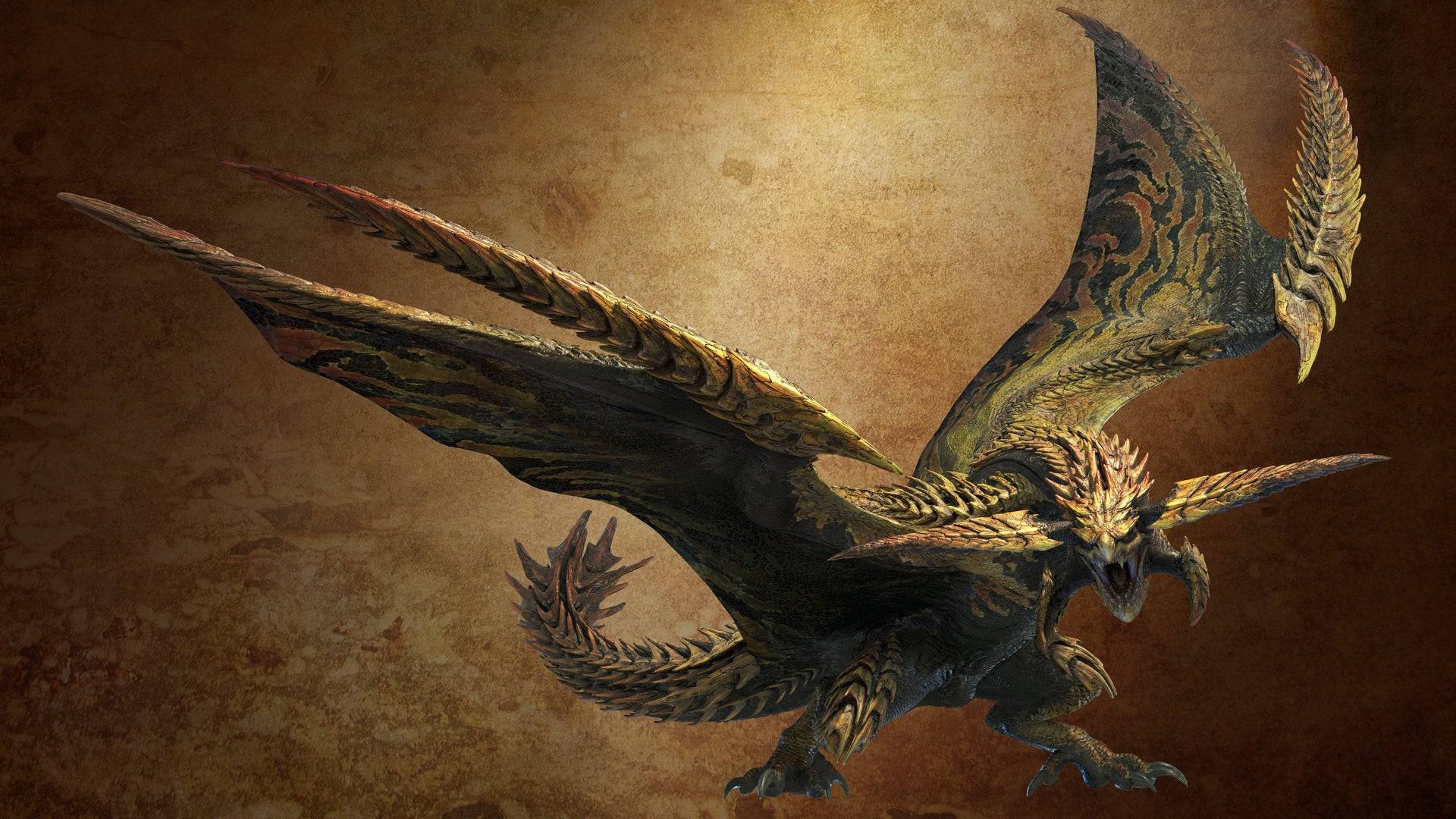
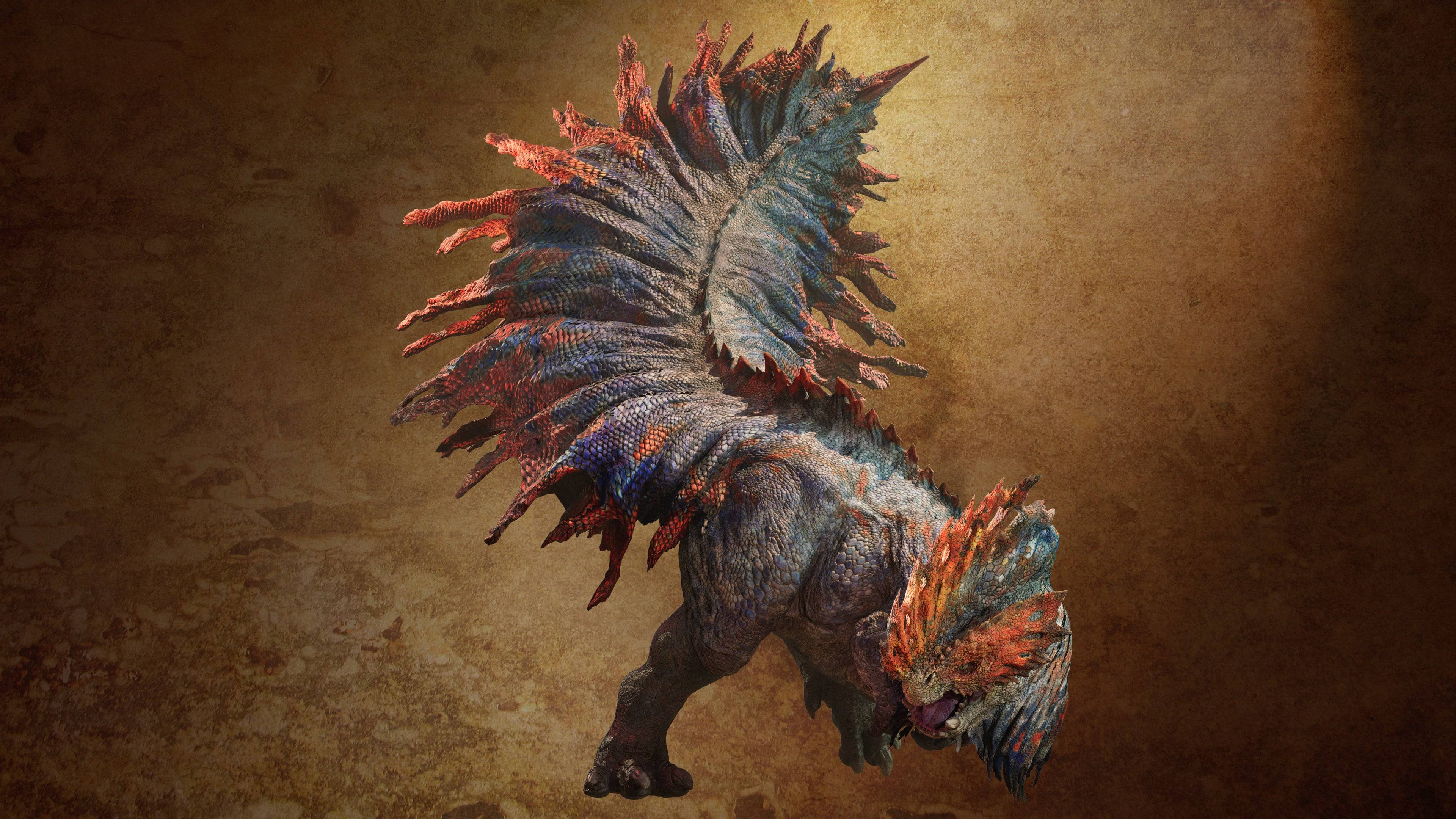 While Gravios returns, its juvenile form, Basarios, will not appear in this game. Fujioka apologizes, "Sorry, but Basarios will be taking this one off." The team carefully selects returning monsters to ensure they fit seamlessly into the game's ecosystem.
While Gravios returns, its juvenile form, Basarios, will not appear in this game. Fujioka apologizes, "Sorry, but Basarios will be taking this one off." The team carefully selects returning monsters to ensure they fit seamlessly into the game's ecosystem.
Though Basarios won't feature, many other monsters will inhabit the Oilwell Basin. I eagerly anticipate exploring this region, Cool Drink in hand, ready to hunt.


